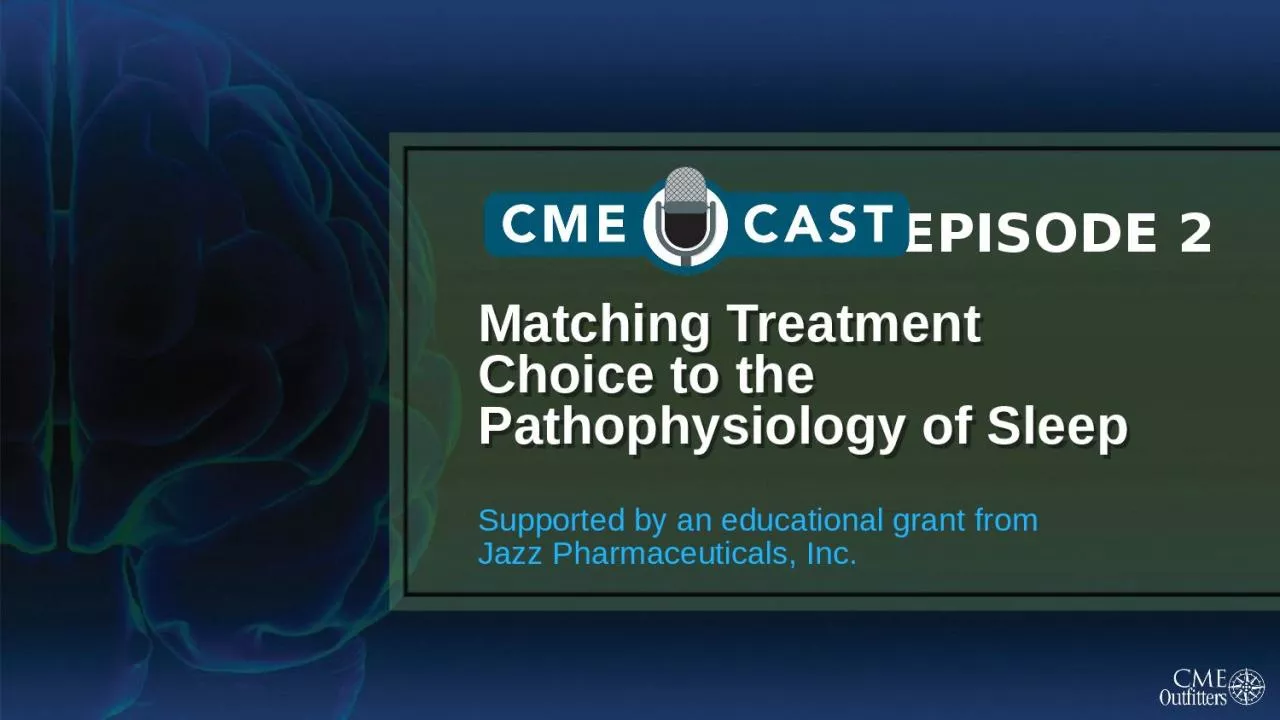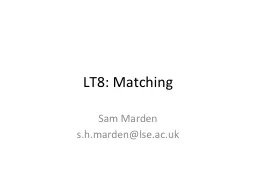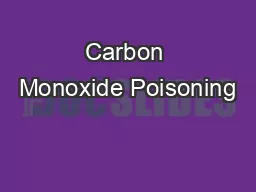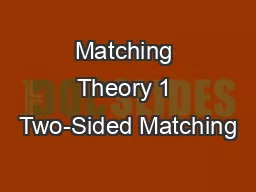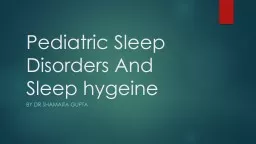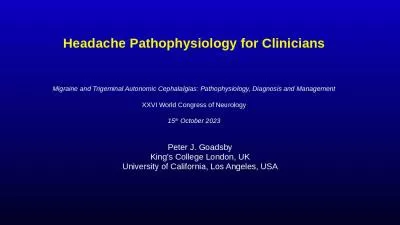PPT-Matching Treatment Choice to the Pathophysiology of Sleep
Author : dorothy | Published Date : 2022-06-08
Supported by an educational grant from Jazz Pharmaceuticals Inc EPISODE 2 Richard K Bogan MD FCCP FAASM President of Bogan Sleep Consultants LLC Medical Officer
Presentation Embed Code
Download Presentation
Download Presentation The PPT/PDF document "Matching Treatment Choice to the Pathoph..." is the property of its rightful owner. Permission is granted to download and print the materials on this website for personal, non-commercial use only, and to display it on your personal computer provided you do not modify the materials and that you retain all copyright notices contained in the materials. By downloading content from our website, you accept the terms of this agreement.
Matching Treatment Choice to the Pathophysiology of Sleep: Transcript
Download Rules Of Document
"Matching Treatment Choice to the Pathophysiology of Sleep"The content belongs to its owner. You may download and print it for personal use, without modification, and keep all copyright notices. By downloading, you agree to these terms.
Related Documents

